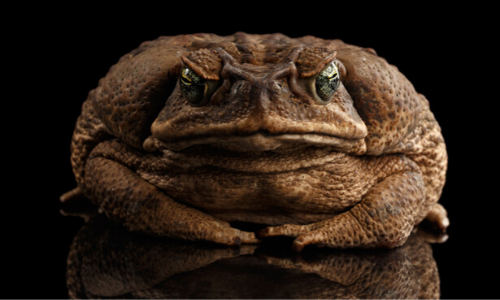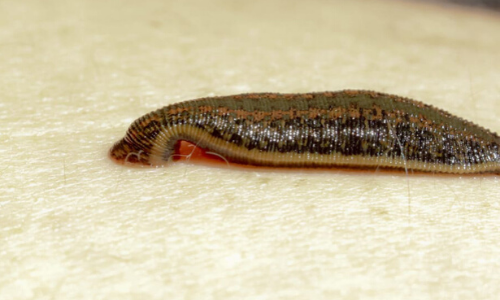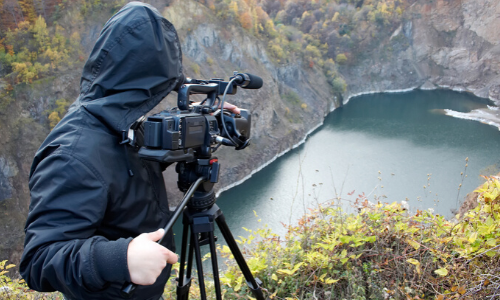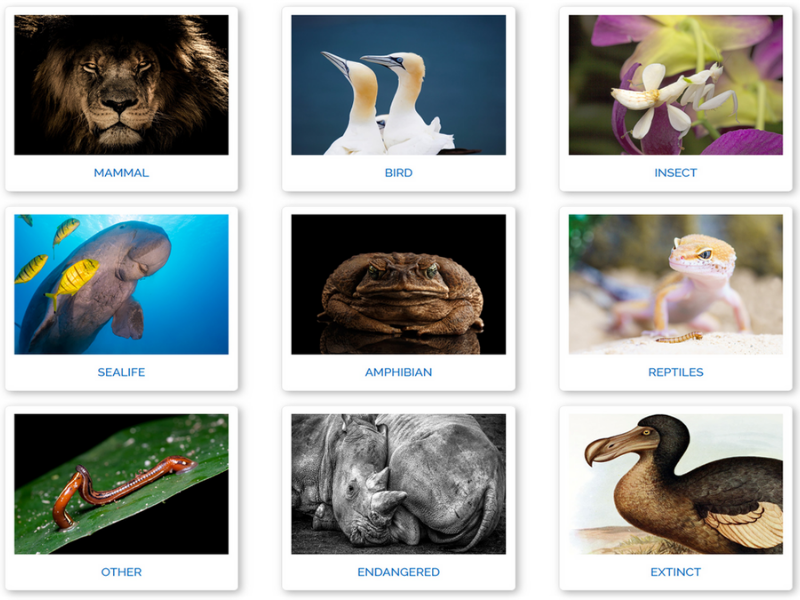

As they spend more time in freshwater preparing to spawn, they begin to look more like regular rainbow trout. Since steelhead have been in the ocean all year they have access to a larger food source and grow much larger and strong than their counterparts.

Many years ago, logging activities, culverts, and placement of dams destroyed or degraded a lot of the available habitat for these fish. Many years of restoration efforts have taken place and now many scientists, like myself, are studying populations of these fish to see if they are recovering.

Most recently I worked on a project where we placed a sonar camera in a section of the river. Sonar is a little soundwave that is sent out from a camera. When it “sees” an object in the water, the sound bounces back and a computer creates an image to review. We operated the camera 24 hours a day 7 days a week from November to March.
Scientists reviewed the sonar and counted each individual fish passing upstream and downstream on the journey to their natal stream for a suitable place to spawn. That information is used to estimate populations of fish over time and make informed, science-based decisions on how to help manage a recovering population of fish!
Now you can tell your friends about the differences between rainbow trout and their larger counterparts! Stay up to date with the CritterFacts newsletter and find my author page to learn more about fish, wildlife, and their habitats!





































Great write up! Thanks for sharing – I’m absolutely loving your blog!